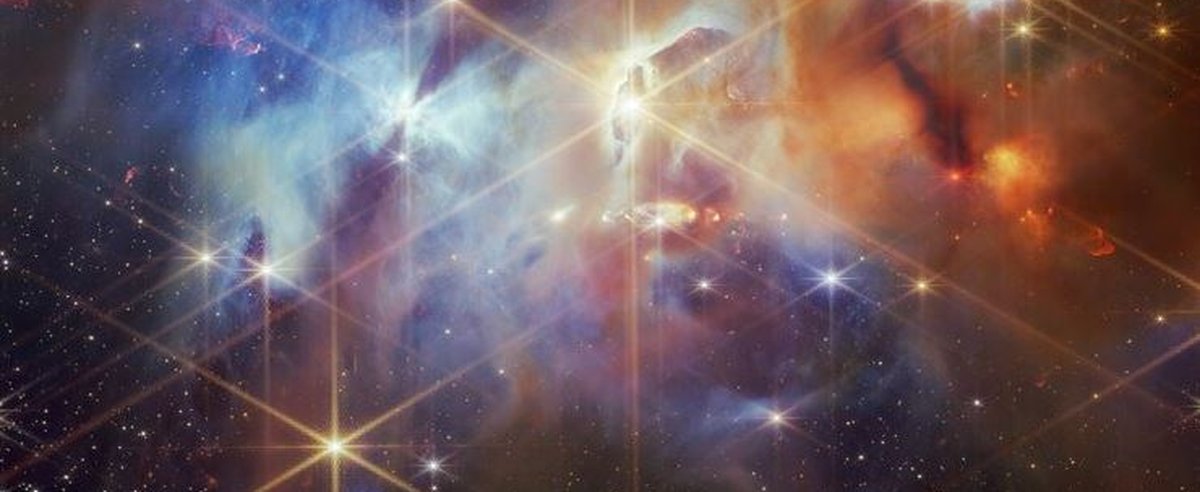According to a new study published in the scientific journal Astrophysical Journal, a team of astronomers from the United States National Aeronautics and Space Administration (NASA) stated: James Webb Space Telescope (JWST) captured direct images of alignment of bipolar jets. In the official statement, researchers announced that science managed to capture this cosmic event in the Snake Nebula for the first time.
Using JWST’s instruments, researchers in the northern part of the nebula were able to photograph a group of protostellar streams formed when gas jets from stars collide with gas and dust at high speeds. As explained in the paper, data from this cosmic event can offer more information about the birth process of stars.
The scientists explain that the alignment was only possible thanks to the power of the James Webb telescope instruments, which can capture infrared data from the near-infrared camera (NIRCam). In the picture, The jets are represented by bright lines that appear red due to the presence of carbon monoxide and molecular hydrogen in the area.
“This region of the Serpent Nebula – North of the Serpents – is clearly visible only with Webb. We can now capture these extremely young stars and their flows; some of these previously appeared only as bubbles or were completely invisible at optical wavelengths due to the thick dust surrounding them,” said study lead author Joel Green, of the Space Telescope Science Institute (USA), in an official NASA release.
James Webb, jets and star formation
The region is already known for other scientific discoveries such as the ‘Bat Shadow’ photographed by the Hubble Space Telescope in mid-2020. The study authors point out that the new detection is just the first step in a long study.; In fact, they also plan to use Webb’s near-infrared spectrograph (NIRSpec) to learn more about the region.
In the future, researchers plan to collect more data to understand how volatile chemical elements such as water and carbon monoxide survive star formation. The idea is to compare the information with data from other similar protoplanetary disks and thus learn more about the star formation process.
“In its most basic form, we are all made up of these volatile substances. Most of the water on Earth appeared billions of years ago when the Sun was an infant protostar. Observe the abundance of these critical compounds in protostars just before protoplanetary disks form It may help us understand how unique the conditions were when our own solar system formed”, adds NASA Jet Propulsion Laboratory scientist Klaus Pontoppidan.
Did you like the content? So, stay up to date with more news about astronomy at TecMundo. If you wish, take the opportunity to understand how the James Webb Telescope records the infrasound flow of young stars.
Source: Tec Mundo
I’m Blaine Morgan, an experienced journalist and writer with over 8 years of experience in the tech industry. My expertise lies in writing about technology news and trends, covering everything from cutting-edge gadgets to emerging software developments. I’ve written for several leading publications including Gadget Onus where I am an author.













